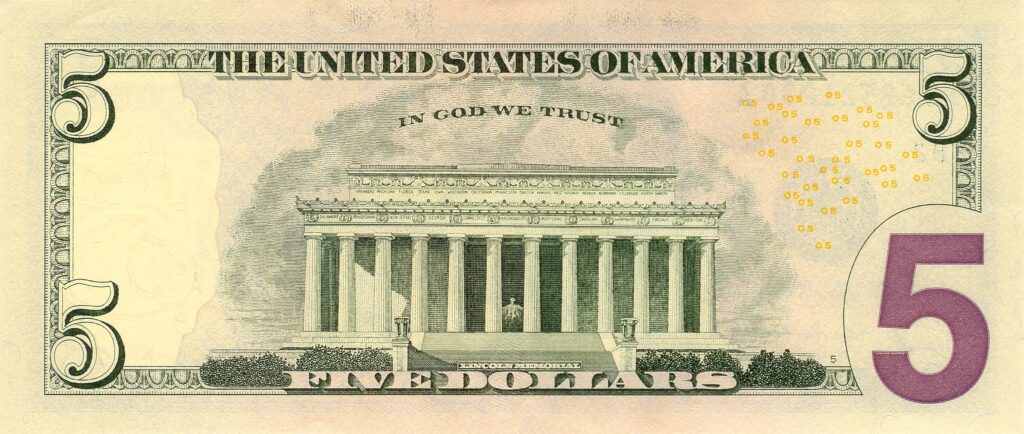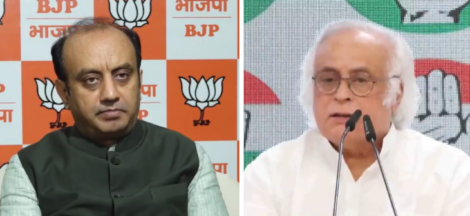President Donald Trump has unveiled a new immigration initiative offering wealthy foreigners a “Gold Card” visa for $5 million, granting them the right to live and work in the United States with a pathway to citizenship. This proposal aims to replace the existing EB-5 visa program and attract affluent individuals to boost the U.S. economy.
Announced from the Oval Office, the “Gold Card” program is designed to draw high-net-worth individuals, including potential Russian oligarchs, to invest in the United States. Commerce Secretary Howard Lutnick emphasized that this initiative seeks to attract “world-class global citizens” who will contribute significantly to the U.S. economy through taxes and spending. Unlike the EB-5 program, which required investments ranging from $800,000 to $1.05 million and the creation of at least ten full-time jobs, the new plan focuses solely on the applicant’s financial contribution, eliminating the job creation mandate.
President Trump highlighted that the current EB-5 program has been criticized for its susceptibility to fraud and inefficiency. By contrast, the “Gold Card” aims to provide a more straightforward and lucrative alternative, with the administration expecting the program to commence within two weeks. Trump also suggested that U.S. companies could purchase these visas to retain talented international graduates from American universities, particularly those from countries like India, China, and Japan. He noted that uncertainties surrounding immigration status often hinder businesses from hiring or retaining top-tier talent, leading to rescinded job offers and lost opportunities.
However, the proposal has ignited a debate over its legal feasibility and ethical implications. Immigration law experts argue that such a significant change to the visa system would require congressional approval. Michael Wildes, an immigration attorney and professor at Cardozo Law School, stated, “The president would need Congress to pass an act allowing for this new vehicle.” Similarly, Aaron Reichlin-Melnick from the American Immigration Council emphasized that legislative consent is essential for implementing the “Gold Card” program.
Critics also point out the stark contrast between this initiative and the administration’s previous immigration policies focused on deporting undocumented immigrants and restricting asylum seekers. David J. Bier from the Cato Institute remarked that while the plan could attract wealthy investors, it might face substantial opposition in Congress due to concerns over fairness and the potential for misuse by individuals seeking to circumvent traditional immigration processes.
Ethical concerns have been raised regarding the potential for conflicts of interest, as the previous EB-5 program had instances where investments were funneled into projects connected to Trump’s family and associates. The new proposal’s focus on wealth as the primary criterion for residency has led to questions about the values underpinning U.S. immigration policy. Critics argue that this approach commodifies citizenship and prioritizes affluent individuals over those seeking entry based on merit or humanitarian grounds.
The administration contends that the “Gold Card” will not only attract foreign capital but also help reduce the national debt. President Trump suggested that the influx of wealthy immigrants willing to pay the substantial fee could significantly bolster government revenues. However, experts remain skeptical about the program’s potential impact on the national debt, noting that the number of individuals capable and willing to invest $5 million for residency may be limited.
The proposal has also led to confusion among immigration practitioners and potential applicants. Details regarding the specific benefits of the “Gold Card” compared to existing green cards, the process for obtaining citizenship, and the mechanisms for corporate participation remain unclear. Immigration attorney Michael Wildes expressed uncertainty about the practical implementation of the program, stating that further clarification is needed to understand its full implications.
As the administration moves forward with the “Gold Card” initiative, it faces the challenge of addressing legal hurdles, ethical questions, and practical concerns. The proposal’s success will depend on its ability to navigate the legislative process, gain public and political support, and effectively implement a system that balances economic interests with the foundational principles of the U.S. immigration system.




 SC halts green clearance exemption to large projects
SC halts green clearance exemption to large projects 